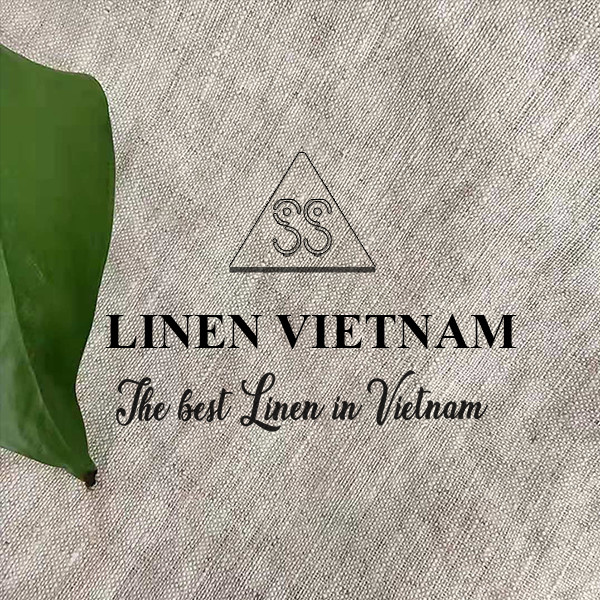Bài viết
LINEN TABLECLOTHS – A NOBLE TOUCH IN TABLE DECOR
Linen tablecloths are not just pieces of furniture accessories; they are symbols of sophistication and elegance. Since the Middle Ages, linen tablecloths have been closely associated with European aristocratic families. Today, European-imported linen retains its allure due to its superior quality, luxurious appearance, and remarkable durability. Let’s explore the history of linen tablecloths and why they remain a top choice in modern living spaces.
The history of linen tablecloths
In Sweden, owning a large collection of linen tablecloths, especially white or unbleached linen, was a long-standing tradition among the aristocracy. These tablecloths were not just indicators of wealth but were also essential components of a household’s linen inventory. Over centuries, linen tablecloths became heirloom pieces, passed down through generations.
The contemporary oil painting New Year’s Eve at the Stockholm Palace in 1779 by Pehr Hilleström vividly depicts how linen tablecloths were used according to . The painting illustrates tablecloths large enougharistocratic standards of the time to cover the table entirely, gracefully draping to the floor on all four sides, exuding a refined aesthetic. This artwork is currently housed in Sweden’s National Museum.

Another remarkable example is a linen tablecloth dating back to 1789, once owned by Swedish baronial and count families. While its precise origin is unknown, it is likely to have been produced in renowned weaving centers such as Flor, Vadstena, or Stockholm’s textile workshops.
This tablecloth was crafted using twill-woven, hand-spun linen yarn, ensuring high durability and intricate patterns. Due to its large size (approximately 6 meters in length), tablecloths from this era were often made by joining two fabric panels with a central seam. Washing these pieces required meticulous effort from the household staff.

Despite being centuries old, linen tablecloths have maintained their value and remain highly favored in modern-day settings due to their outstanding qualities.
Advantages of imported linen tablecloths
Exceptional durability
Linen tablecloths last significantly longer than other fabrics such as cotton or polyester. Thanks to their strong fiber structure, linen can endure multiple washes without fraying and becomes even softer over time.
Elegant and sophisticated appearance
Linen exudes a natural yet high-end aesthetic. The subtle wrinkles on its surface contribute to a timeless charm, making it a perfect choice for luxurious interior decor.
Superior absorbency and antibacterial properties
Linen quickly absorbs moisture and dries fast, ensuring a clean and dry dining surface. Additionally, its natural antibacterial properties prevent the growth of bacteria and mold.
Eco-friendly and sustainable
Imported linen, particularly from Europe, is often produced through sustainable processes without harmful chemicals. Choosing linen tablecloths benefits not only your health but also the environment.
How to choose the right linen tablecloth
Opt for European-imported linen for quality Assurance
European linen, especially French linen, is renowned for its premium quality, strong fibers, smooth texture, and impressive durability. Always prioritize products with clear origin certification to ensure long-lasting value.
Determine the right size and color
- For family dining tables: Choose a tablecloth that extends 20-30 cm beyond the table edges for a natural drape.
- For banquet or restaurant tables: Select a tablecloth at least 40 cm larger than the table to create a more luxurious look.
- Color selection: White linen or unbleached natural linen are popular choices as they complement various interior styles.
Proper care for linen tablecloths
- Wash at low or medium temperatures to maintain fabric integrity.
- Avoid tumble drying; air drying is recommended to prevent shrinkage.
- Iron at high temperatures when necessary to maintain a crisp appearance.
Conclusion
Linen tablecloths are more than just decorative items; they symbolize luxury and refinement. From the historic linen tablecloths of Swedish aristocracy to today’s high-quality imported linen products, the appeal of linen endures due to its durability, natural beauty, and sustainability.
If you are searching for premium linen tablecloths for your home or restaurant, prioritize European-imported linen to ensure elegance and class. With proper care, a linen tablecloth is not just a furnishing accessory—it’s a worthy investment that adds sophistication and prestige to every dining occasion.





